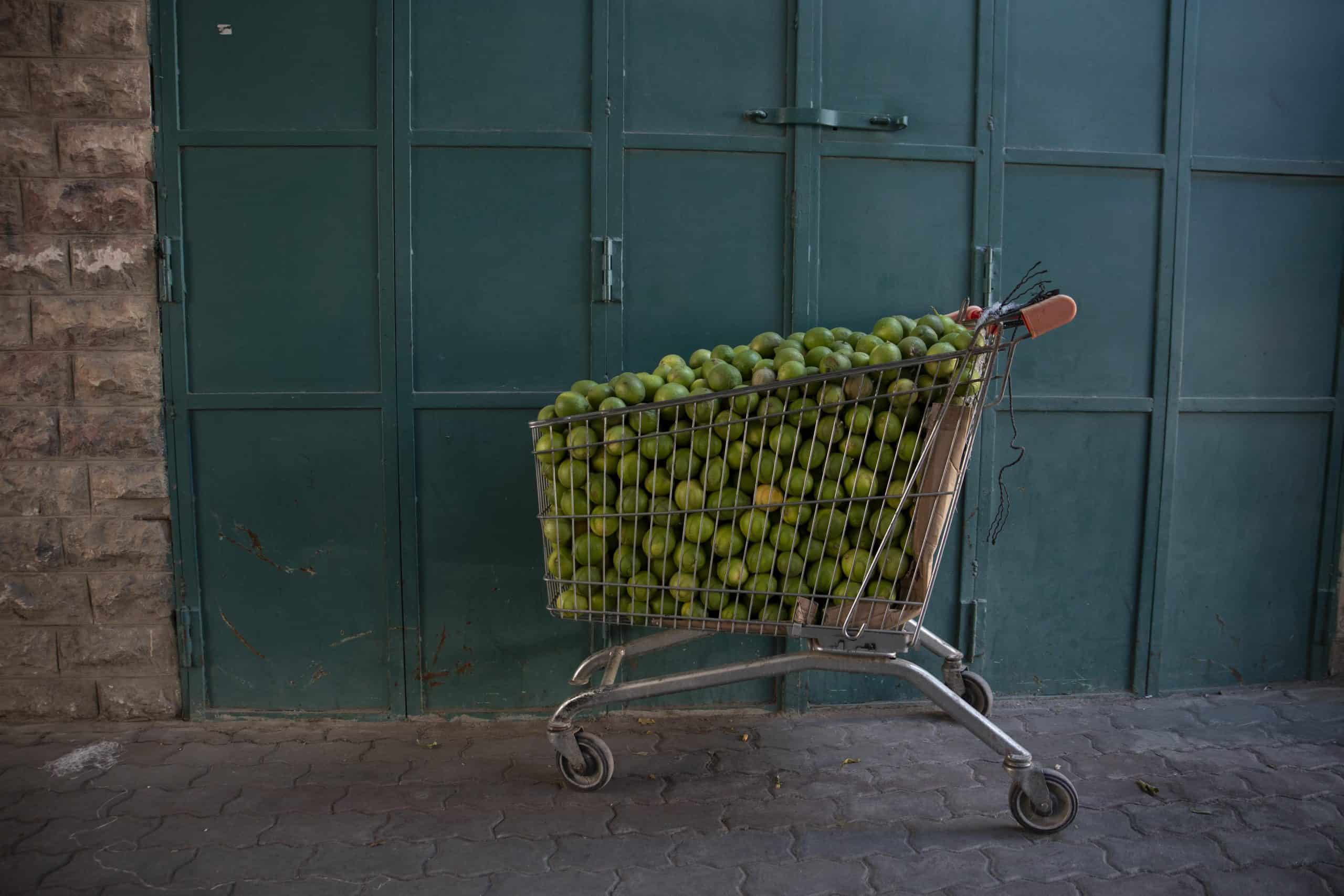
Most people care about the world. We want to do better, avoid doing harm, and know our choices are good ones. Greenwashing robs us of that conviction. While we’re shifting towards a more environmental future, conglomerates are exploiting our shared vision and using it for personal gain.
At Better Food Traders, we want to eradicate the weed-like nature of greenwashing. That’s why we’re going to discuss how to identify it, how to avoid it spreading, and how to stamp it out before it takes root and cheapens authentic brands that adopt genuinely green ethics.
What is greenwashing?
Greenwashing is a term coined by the environmental industry. It describes a marketing method used by other industries to promote their products using false or misleading information in regard to their sustainability practices. In short, greenwashing is used to trick consumers into thinking they’re buying products that are better for our land, air and water than they actually are.
A good example of how brands use this tactic is in regard to CFCs. As this chemical is now outlawed due to its harmful impact on the atmosphere, companies will advertise their products as ‘CFC Free,’ which fools the consumer into thinking they’re an environmentally conscious brand (even if there’s evidence to the contrary). Sure, their product might be CFC free; however, everything else about the way they operate, what materials they use, and how their staff are treated might not match up to this tokenistic gesture. This is greenwashing.
Why is greenwashing an issue?
How to spot greenwashing
It’s not always obvious that a company is exploiting you or your trust. However, there are a few ways to ensure you’re buying from an ethical and authentic brand.
Look out for these four red flags.
Tokenistic labels with no regulatory backup
Claims that offer no easy way to substantiate them are problematic. Are those claims backed up by a regulatory body, such as USDA Organic, FSC, Eco-cert, Cruelty-Free International, Fair Trade Foundation etc.? As a starter, here is a list of labels to look out for when consciously consuming. Check them out here.
Green or idyllic imagery
Flowers, birds, meadows, farms, and general greenery is a marketing tactic used to trick a consumer’s perception of that brand’s identity. As we associate nature and the colour green with environmentalism, sustainability and eco-friendliness, we immediately trust products that use this imagery. Beware. It’s a trick!
Parent companies with questionable ethics
A recent example of clashing ethics is the Oatly alternative milk brand. Originally a cruelty-free and ethical brand, they accepted $2 million from private equity firm, Blackstone, which is owned by Stephen Schwartzman, who is an avid Trump supporter with damaging financial links to deforestation efforts in the Amazon. Awkward.
Understandably, supporters of Oatly were shocked and saddened, with the move widely considered to be Oatly ‘selling its soul’ to the corporate supply chain.
This shows that when a company puts profits before ethics, they’re no longer considered a ‘green’ brand.
Vague information
This is a big one. Because companies that use underhand greenwashing tactics tend to be very vague about their environmental credentials on their websites, it pays to check their claims for accuracy. It’s illegal to falsely advertise, which is why you’ll find the truth hidden in their site’s FAQs (or omitted altogether!) Corporations want to avoid lawsuits, which is why if a brand is truly practising what they preach, you’ll know all about it. However, be mindful that just because they’re doing one good thing doesn’t mean they’re doing all the good things.
How to tackle the threat of greenwashing
Ultimately, we need to do our homework before buying unethical products. We also need to figure out our priorities when it comes to our values, including what standards we expect from the products we buy or consume. Deciding on priorities is difficult. For example, which is more important – transparency, fair pay, eco-friendliness, locally produced, plant-rich eating etc.?
If you care about all these things, then there is one clear answer. Buy locally, sustainably, environmentally, and fairly. If you’re looking for a way to change the world, then do so by signing up for your local veg box scheme. Commit to disrupting the current food system and contributing to the solution, not the problem.
Another way to tackle this threat is by calling it out. Leave comments on social media, write letters, highlight the issues in a blog (hi!), campaign for better, challenge your company’s questionable ethics, and support green legislation by voting for people who share the same values as you.
Like what you see? There’s more where this came from! Check out our blog for more delicious information on how you can do better.